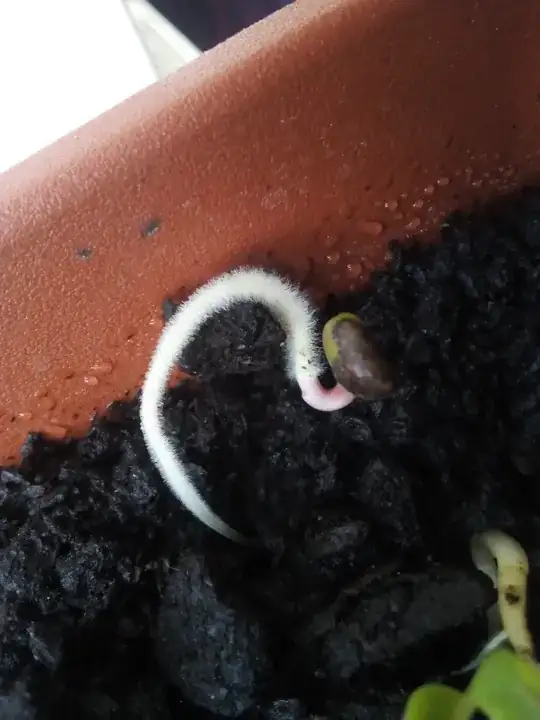I live in the south of the UK, so have quite a mild winter climate. I am curious to know if it's common for runner beans to grow again the following year.
Last spring some of the previous year's runner beans grew again and produced beans. They seemed to have really well-established roots on them too. Some of the previous year's beans did not sprout and the roots had actually rotted in the ground (as I would have expected).
I'm reluctant to dig over the spot where the beans grew last year, yet since it is mid-May now I'd be keen to know whether I need to plant from seed again.
Has anyone else experienced this and how common is this?
Update 12/06/2023
For those who might be interested, since I posted this question I've found that just four of the beans have sprung into life. Perhaps one or two more might still. I had about 20 planted last year, so not many survived in that case. Some of the other woody roots I'd dug up had not rotted either, though only a couple had visible shoots on them.
Update 04/07/2023
For you avid bean watchers out there, I thought I'd mention that one or two more roots sprang back in to life in the last few days. These veteran roots are way more vigorous than than new seed, one of which has 5-6 climbing vines erupting from it.
You'd have to decide for yourself whether you're happy to wait for the veteran roots to grow again or whether to plant new seed.
